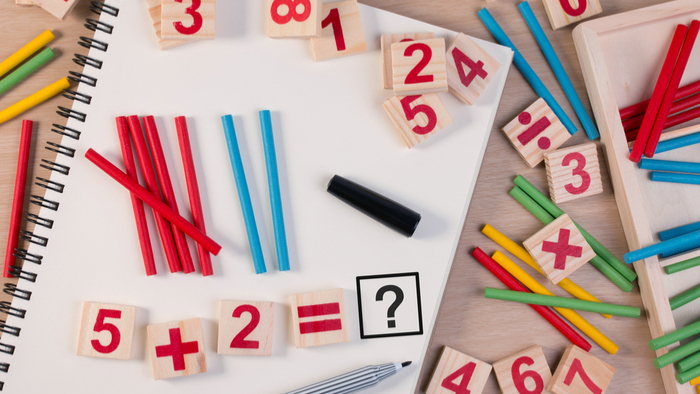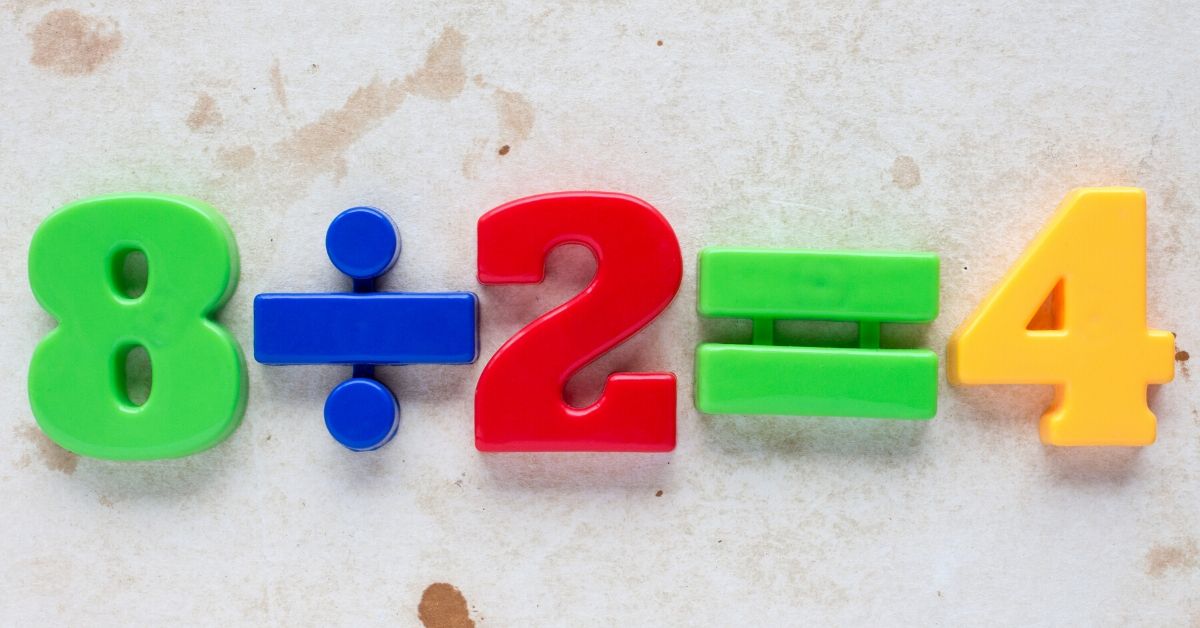Strategies for inclusive math instruction
Teaching division in a way that reaches all learners; especially students with autism and other divers needs can be challenging. When students are offered multiple pathways to explore mathematical concepts, they are more likely to engage in meaningful ways and succeed. I will be sharing how I used differentiated activities that aligned with the standard M.3.OA.B.5 (understanding division as an unknown-factor problem) to address varied students need interested and readiness levels. I will also highlight assessments and tools that guided instruction and supported a deeper learning experience.
Why differentiation matters in math?

Differentiated instruction is essential in all inclusive classrooms. This simply respects the student unique learning abilities and their IEP goals. According to Tomlinson (2014), effective differentiation address student's readiness, interest and learning preferences by adapting content, process, and product. When teaching division, I must go beyond the traction worksheets, my lesson must include tactile, visuals, verbal, and digital strategies that allows every student in my classroom shine and meet their needs.
Differentiated division activities that work 

I've designed activities around the standard that will fit the students learning styles and keep them in engaged in the lesson.
1. Array models for visual and kinesthetic learners
Using arrays and manipulative like counters or small object help student see how division and multiplication are connected. Modeling arrays shows division is essentially grouping while multiplication is repeated addition. This helps bridge conceptual gaps for visual thinkers and kinesthetic learners.
2. Unknown factor game for critical thinking
This interactive game gives students a chance to solve problems like: __x6=36 or 42÷__=6. It is a self pace game. Students used logic and multiplication facts to find missing values. Presenting division as a missing factor, students could draw from tinier existing multiplication knowlegede. This engaged students who thrive on active and challenge based learning.
3. Real world word problems
I use word problems based on students interests like snacks, pets, favorite toys, games, and color. These problems provide context, increase motivation, and support reading comprehension. According to Clements & Sarama (2011), real word problems-solving helps students build mathematical reasoning and connects abstract operation to daily experiences.
Tech tools for engagement and creativity

Technology plays a critical role in personalizing instruction. I use
- IXL for adaptive quizzes and self paced learning
- Google doc for guided notes and collaborative thinking
- Canva for students to create visual reminders and problems sets
These tools empower student to express understanding creative ways and practice concepts independently. Research supports the integrating digital tools enhances students motivation and critical thinking (Cheung & Slavin, 2013).
Assessing for understanding: Formal and informal techniques
- Formal tools like IXL quizzes and skills set tracked mastery.
- Informal tools like observations, students created visuals, and performance tasks gave insight into how students were thinking.
- Manipulative based assessments allowed students who struggle with abstract reasoning to physically demonstrate division processes.
Reference
Clements, D. H., & Sarama, J. (2011). Early childhood mathematics intervention. Science, 333(6045), 968–970.
Tomlinson, C. A. (2014). The Differentiated Classroom: Responding to the Needs of All Learners (2nd ed.). ASCD.
Clements, D. H., & Sarama, J. (2011). Early childhood mathematics intervention. Science, 333(6045), 968–970.

No comments:
Post a Comment